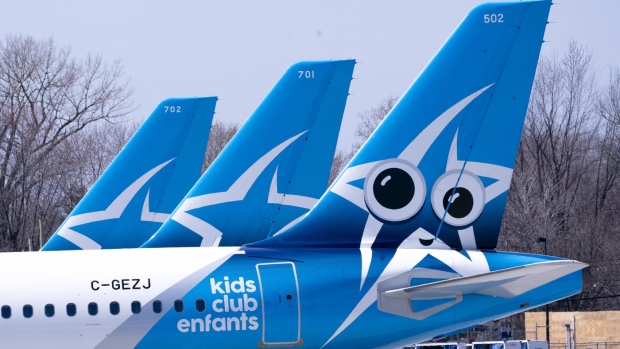, BNN Bloomberg
Activity in global bond markets grabbed headlines in 2023 and piqued interest in fixed-income markets that are often overlooked by equity investors.
While many Canadians may not be tuned into bond market ups and downs, the health of the Canadian bond market has a direct impact on how people live their lives and the economic realities they face.
Here is an explanation from market experts on what the bond market is, how it works and why Canada’s bond market has been showing resilience.
WHAT IS THE BOND MARKET?
The bond market, also known as the fixed-income market, is directly tied to Canada’s economic success, according to experts.
It establishes the amount of lending banks can provide to borrowers and also provides the country’s federal government and corporations with access to capital, said fixed-income expert Hank Cunningham.
“The bonds market is 100 times the size of the equities market,” Cunningham, fixed-income strategist at Odlum Brown, told BNNBloomberg.ca in an interview.
It’s a place where borrowers and lenders meet, he explained.
The borrower, who sells the bond, is either a corporation or a government, he said. The lenders, who buy the bonds, are investors or private equity firms.
“The advantage an investor has in investing in the bond market is that their principal loan will be returned to them in addition to interest paid,” Cunningham said.
HOW DOES IT WORK?
For example, Cunningham explained, a government issues a bonds and an investor pays money for the bond.
The investor will get back their original investment while also receiving interest throughout the maturity of the bond, while the government gains access to capital.
A similar scenario plays when a corporation comes to the market and issues bonds, he said.
“Usually corporate bonds pay more interest, also referred to as yield, than a government bond does,” Cunningham said. “This is because corporate bonds can be riskier, depending on the company rating, as there is risk of a business failing but not the federal government.”
The cost for a retail investor to enter the bond market typically starts at around $10,000.
Alternatively, an everyday investor can choose to buy bond exchange-traded funds for much less, which will allow them to own a fraction of various bonds, said Cunningham.
HOW DOES THE BOND MARKET AFFECT CANADIANS?
Even if the average Canadian isn’t buying bonds, their financial futures are still linked to the bond market, said Steve Locke, chief investment officer of fixed-income and multi-asset strategies at Mackenzie Investments.
“Most people who engage in the bond market do so through their bank when they ask to obtain a loan to fund a mortgage, which will determine where they live, their lifestyle, or an education,” Locke, who oversees $60 billion in fixed-income assets, explained in an interview with BNNBloomberg.ca.
Canadians who have gone to the bank to save money are also affected by the bond market, Locke said, as they are relying on what the bond market allows banks to pay in interest for their deposits, Locke said.
The health of Canadian businesses is also tied to bond market activity, he added.
“Corporations will go to the bond market to raise money when they need it,” he said. “This allows businesses to grow and by extension hire more employees and produce more output in the economy.”
HOW IS THE BOND MARKET PERFORMING NOW?
The price of a bond is driven higher or lower due to political risks, a country’s interest rate environment and overall economic factors like inflation.
Despite sticky inflation and high interest rates, Canada’s fixed-income market is showing signs of strength at the moment, according to Locke.
“Canada’s bond market activity has been healthy as of late and stacks up quite well to the rest of the world,” he said.
He explained that sector stability and strong regulations have propped up Canada’s bond market.
“Stability promoted in some sectors such as financials in Canada has been created through good regulatory policy and supported by the rule of law,” he said.
“All these things are healthy underpinnings for issuing bonds in the public market.”










